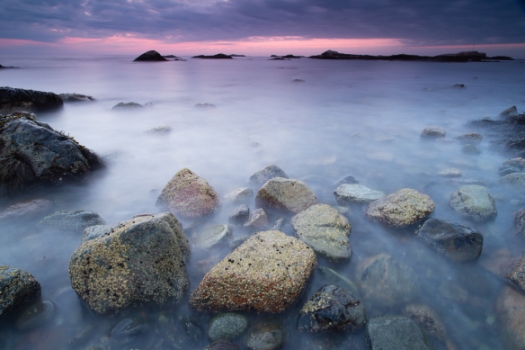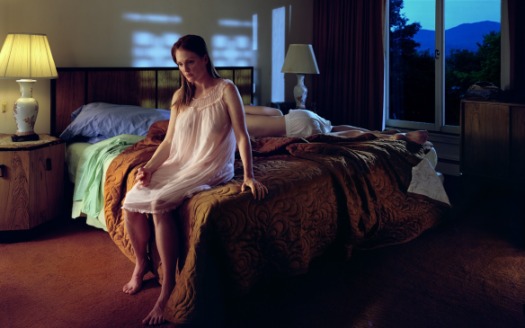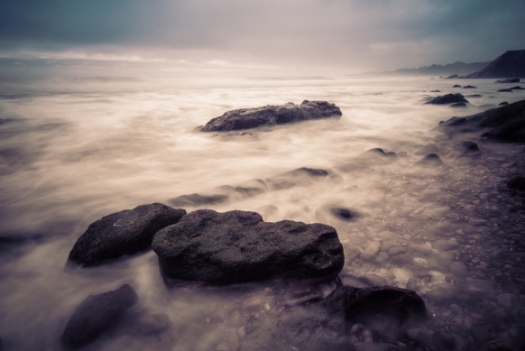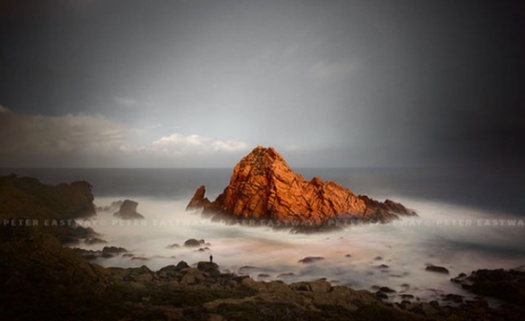
I almost jumped off into the world of film photography recently. I was at a skate park when my Canon (it’s hardly inconspicuous) drew the attention of one of the teenage skaters. He told me that he’s just sold his DSLR to fund the purchase of a Hasselblad 500 series camera and then went on to extoll the virtues of film over digital. It did make me stop and think.
There is a mystique surrounding film for me – I came late to photography, never owning an SLR camera until the digital system that I got in 2005 – and so I feel as though I’ve missed out on something special.
It is quite possible to emulate the look of film using software packages such as those made by VSCO. While I’ve played with these software packages quite extensively never having shot film to any great extent I don’t have a good point of reference to know how close they get. If these emulations are good representations of the film that was/is available I’m glad that I didn’t have to deal with the imperfect color rendering – it would have driven me insane.
If you take the camera body out of the equation the only other piece that could have an impact on the particular look from a given film camera is the lens. While it’s not possible to use the exact lens same Hasselblad lens on my Canon cameras it is possible to get Zeiss lenses that are compatible. This was the path that I decided to pursue.
The image above is taken using a 18mm Zeiss ZE lens. I’ve had some fun learning to use this lens. The biggest challenge for me has been the fact that it requires manual focusing, so my reliance on autofocusing was out of the window, I do still get the reassuring ‘beep’ when the image is in focus by holding down the shutter release button. The other trick that I’ve been relying on is the ‘live view’ function and zooming in to check on my focus.
I’m not sure that I can tell the difference in quality in images made using this Zeiss lens and the Canon equivalent but they do feel better.








